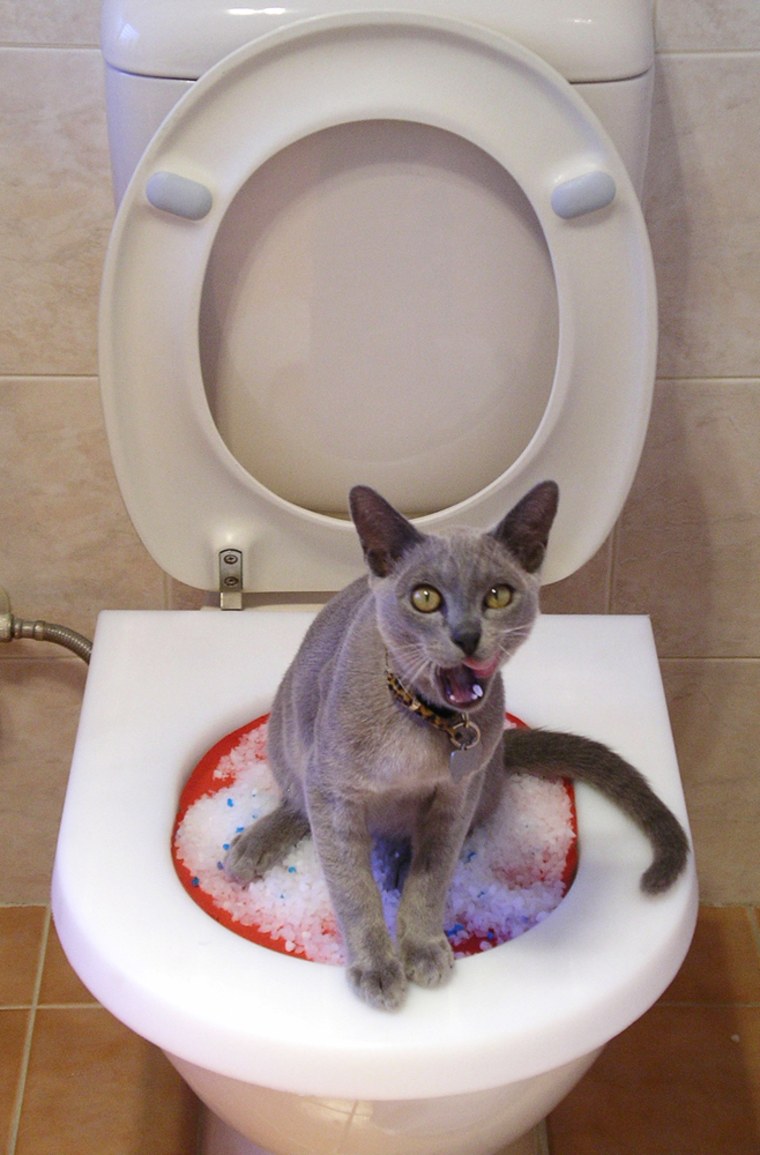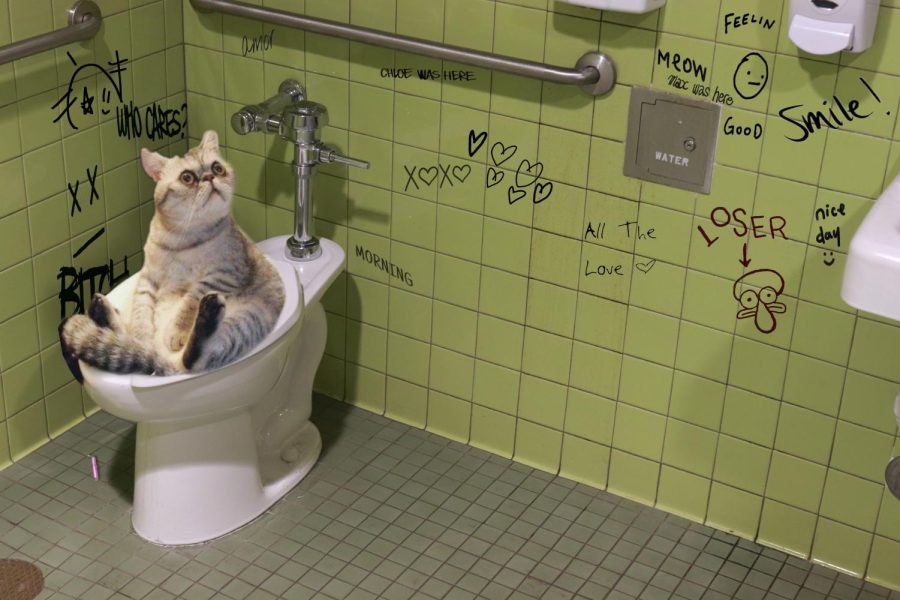Discovering the Hazards of Flushing Animal Waste Down the Toilet
Discovering the Hazards of Flushing Animal Waste Down the Toilet
Blog Article
Just about everyone will have their own unique theory about Should you flush animal waste down the toilet.

When it involves throwing away waste, particularly animal waste, many people commonly turn to the convenient alternative of flushing it down the toilet. Nonetheless, this seemingly easy service can have significant repercussions for the setting and public health. In this short article, we'll explore why flushing animal waste down the commode is a bad concept and give alternative techniques for correct disposal.
Introduction
Appropriate garbage disposal is vital for keeping environmental sustainability and public health. While it may seem harmless to flush animal waste down the bathroom, it can cause numerous concerns, both for the environment and human well-being.
Threats of flushing animal waste
Environmental effect
Purging pet waste introduces harmful germs and microorganisms right into rivers, which can adversely affect water communities. These virus can contaminate water sources and injury marine life, interrupting fragile environments.
Public health concerns
Animal waste consists of harmful bacteria such as E. coli and Salmonella, which can present severe health dangers to people. Flushing animal waste down the commode can contaminate water products, bring about the spread of diseases and infections.
Alternatives to flushing
Instead of flushing animal waste down the toilet, there are numerous different disposal methods that are extra environmentally friendly and sanitary.
Composting
Composting pet waste is an environmentally friendly method to throw away it. By composting, organic matter is broken down into nutrient-rich soil, which can be utilized to fertilize gardens and plants.
Landfill disposal
Getting rid of pet waste in a landfill is another option. While not as eco-friendly as composting, it is a safer alternative to flushing, as it prevents the contamination of water resources.
Family pet garbage disposal systems
There are specific animal waste disposal systems offered that securely and hygienically take care of animal waste. These systems usually make use of enzymes to break down waste and eliminate odors.
Steps to appropriate pet garbage disposal
To make sure proper disposal of animal waste, follow these steps:
Scooping and getting waste
Regularly scoop and bag animal waste utilizing naturally degradable bags. This avoids waste from contaminating the setting.
Utilizing designated waste containers
Dispose of bagged animal waste in marked waste bins, such as garden compost bins or landfill bins. Stay clear of flushing it down the toilet in all expenses.
Cleaning litter boxes and pet areas frequently
On a regular basis tidy litter boxes and animal locations to stop the build-up of waste and germs. Usage pet-safe cleaning products to keep hygiene.
Benefits of proper disposal approaches
Adopting correct disposal methods for animal waste supplies numerous benefits:
Minimized environmental pollution
Correct disposal techniques reduce the danger of environmental pollution, securing rivers and ecological communities from contamination
Decreased threat of water contamination.
By preventing flushing animal waste down the bathroom, the danger of water contamination is considerably minimized, safeguarding public check here health.
Boosted hygiene and health
Appropriate disposal techniques advertise much better hygiene and health, producing a safer atmosphere for both human beings and animals.
Final thought
Finally, flushing pet waste down the toilet is damaging to the setting and public health. By adopting alternate disposal approaches and following proper waste administration practices, we can reduce the unfavorable effect of animal waste and contribute to a cleaner, healthier world.
What To Do With Dog Poo – The Do's And Don'ts Of Disposing Of Faeces
Dog poo bins
Some councils provide dedicated dog waste bins in popular dog-walking areas that can take dog poo that has been bagged but you can legally dispose of dog waste in any public litter bin, as long as it is securely bagged. This also applies to your wheelie bin at home.
Do not flush
Water companies do not recommend flushing dog faeces down the toilet because certain parasites can survive the water processing treatment and are potentially harmful to humans. You should also never consider flushing dog poo that has been bagged down the toilet as the bags will not break down and instead create severe blockages in the sewage system.
In the woods
The Forestry Commission promotes a ‘stick and flick’ method for dealing with waste in the woods. This means finding a stick and using it to flick any poo from off the path so that it is out of the way of other walkers. You could also bury it as long as it is not in an area where there might be livestock.
Livestock
Parasites found in dog poo can be transmitted to livestock if they inadvertently eat infected faeces that has been left on grazing land. This could result in the death of sheep or abortion in cattle so you should always make sure you pick up your dog’s waste in fields where livestock could be present.

On a regular basis tidy litter boxes and animal locations to stop the build-up of waste and germs. Usage pet-safe cleaning products to keep hygiene.
Benefits of proper disposal approaches
Adopting correct disposal methods for animal waste supplies numerous benefits:
Minimized environmental pollution
Correct disposal techniques reduce the danger of environmental pollution, securing rivers and ecological communities from contamination
Decreased threat of water contamination.
By preventing flushing animal waste down the bathroom, the danger of water contamination is considerably minimized, safeguarding public check here health.
Boosted hygiene and health
Appropriate disposal techniques advertise much better hygiene and health, producing a safer atmosphere for both human beings and animals.
Final thought
Finally, flushing pet waste down the toilet is damaging to the setting and public health. By adopting alternate disposal approaches and following proper waste administration practices, we can reduce the unfavorable effect of animal waste and contribute to a cleaner, healthier world.
What To Do With Dog Poo – The Do's And Don'ts Of Disposing Of Faeces
Dog poo bins
Some councils provide dedicated dog waste bins in popular dog-walking areas that can take dog poo that has been bagged but you can legally dispose of dog waste in any public litter bin, as long as it is securely bagged. This also applies to your wheelie bin at home.
Do not flush
Water companies do not recommend flushing dog faeces down the toilet because certain parasites can survive the water processing treatment and are potentially harmful to humans. You should also never consider flushing dog poo that has been bagged down the toilet as the bags will not break down and instead create severe blockages in the sewage system.
In the woods
The Forestry Commission promotes a ‘stick and flick’ method for dealing with waste in the woods. This means finding a stick and using it to flick any poo from off the path so that it is out of the way of other walkers. You could also bury it as long as it is not in an area where there might be livestock.
Livestock
Parasites found in dog poo can be transmitted to livestock if they inadvertently eat infected faeces that has been left on grazing land. This could result in the death of sheep or abortion in cattle so you should always make sure you pick up your dog’s waste in fields where livestock could be present.

As a devoted reader about Can You Flush Dog and Cat Poo Down the Toilet?, I imagined sharing that excerpt was really helpful. Enjoyed our write up? Please share it. Help others find it. Thanks a lot for your time. Revisit us soon.
Check This Out Report this page